What?! Huakui coffee beans are produced in Brazil.
When I was browsing my cell phone last night, I saw this post:
I saw a picture on moments today. A coffee rookie bought this bag of beans (below). I can't help it. If you are ignorant, you can learn. If you want to practice, please show your sincerity. This thing is bluffing and insulting. The colleague who bought this bean advised you to change your profession. Don't sell coffee, pity the friend who bought this bag of beans.
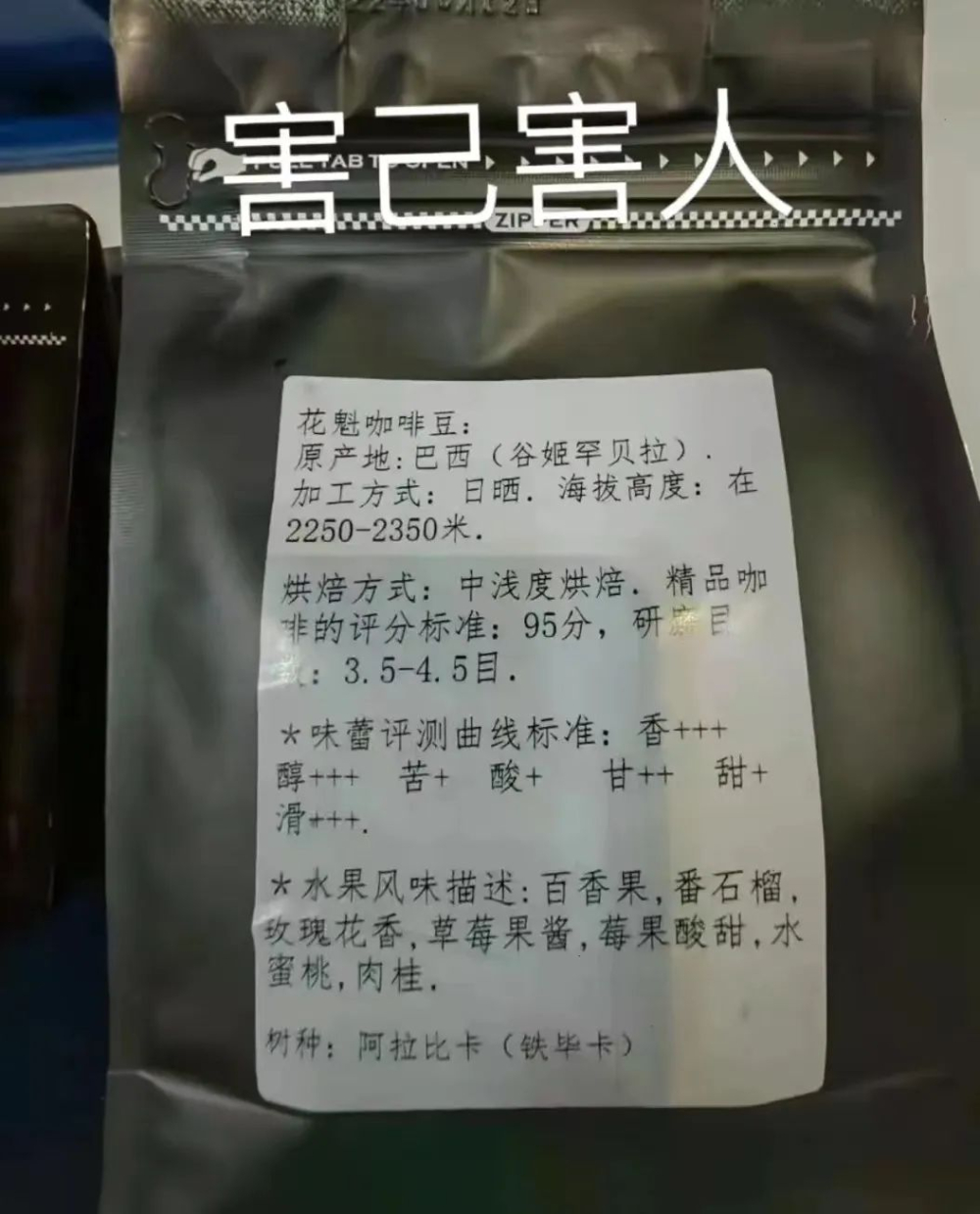
Zz's Coffee World
After reading this picture, the code clerk's heart is like this:

All of a sudden, I don't know where to start. Everywhere is wrong, but the above message is written everywhere so are (you) eight (kidding) me. As a 100% coffee rookie, it is bound to mislead such "serious" coffee information and huai yi (ren) sheng.
A few days ago, a coffee practitioner made an "eloquent" statement, linking Sakui coffee beans to Rosa coffee beans. This time, he directly falsified information about coffee producing areas and linked a bunch of irrelevant information to Sakuran. We don't guess what these two peers are thinking, but don't spread wrong knowledge to consumers until we understand the product itself. If you don't know how to read more books, don't talk nonsense if you don't know how to read, as the following emoji package says:
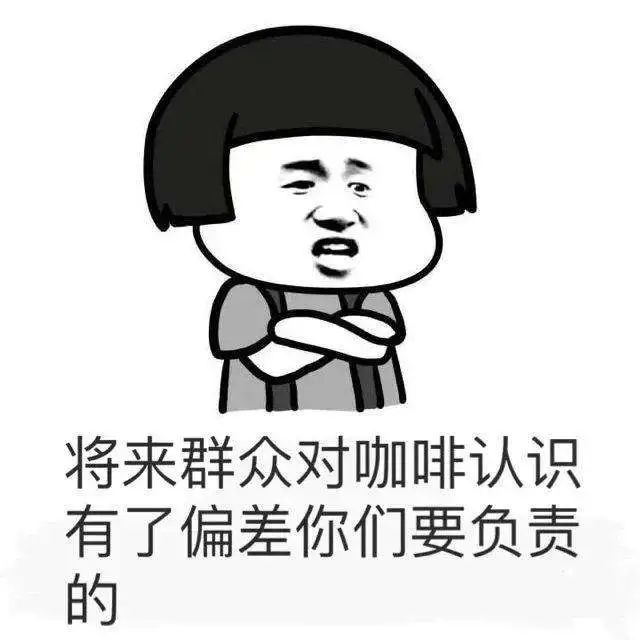
First of all, let's learn about the origin and naming of Huakui coffee beans.
In the 2017 TOH (the Taste Of Harvest) raw bean competition, a batch of Ethiopian native coffee beans from the "Buku Abel" processing plant in Humbera won the championship of the 2017 TOH competition with its strong strawberry and cream aroma. At that time, the coffee bean did not have any name until the champion batch of raw beans were introduced by raw bean traders in Beijing in the same year. The name Sakuran is also used to refer to the bean that won the championship of the Sunshine Group in 2017.
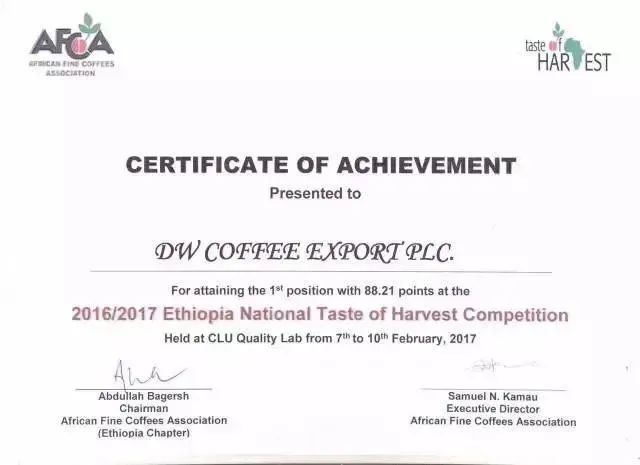
After winning the championship in 2017, DW further increased the number of processing plants in Hambella's core production area Dimtu, which is owned by "Buku Abel", "Buku Saysay", "Haro Soresa" and "Tirtiro Goye", with an annual output of about 1100 tons of coffee. In terms of planting areas and treatment plants, of all these estates and treatment plants, only those from the treatment area of the "Buku Abel" treatment plant cover the small producing area of sun-cured coffee beans. Subsequently, Sakui 2.0 was launched in 2018, Sakui 3.0 and 3.1 were launched in 2019, Sakui 4.0 was launched in 2020, and Sakui 5.0 was launched in 2021, while Sakui 6.0, the latest production season in 2022, has been queued up at local ports for shipping / sea export. it hasn't arrived in China yet.
In addition to the X.0 series Sakuran, Qianjie Coffee has a flavor similar to that of 17-year-old Sakuran in 2018 and 2019, but not as thick as 17-year-old Sakuran. By comparing different batches of Sakui, Qianjie realized that the main source of the aroma of Sakui in 2017 was that there were some particularly small varieties of Sakui coffee beans in 2017, and similar small grains of coffee appeared in Sakui in 2018 and 2019. Sometimes there are several sacks of similar small beans in ten sacks. In 19 years, we confirmed this information and told the raw bean side that since 2020, Sakuran has split into 4.0 and Xiaogui, so Xiaogui does not belong to the [X.0] series.
Next, let's take a look at the problems with the coffee bean information in figure 1.
"Origin: Brazil (ancient brothel Humbela)"
Brazil (Brazil) is the largest producer of Arabica coffee beans in Central and South America. Guji Hambella, an ancient brothel in Africa, is a sub-region (Humbela) in one of Ethiopia's coffee producing areas (ancient prostitutes / Guji).
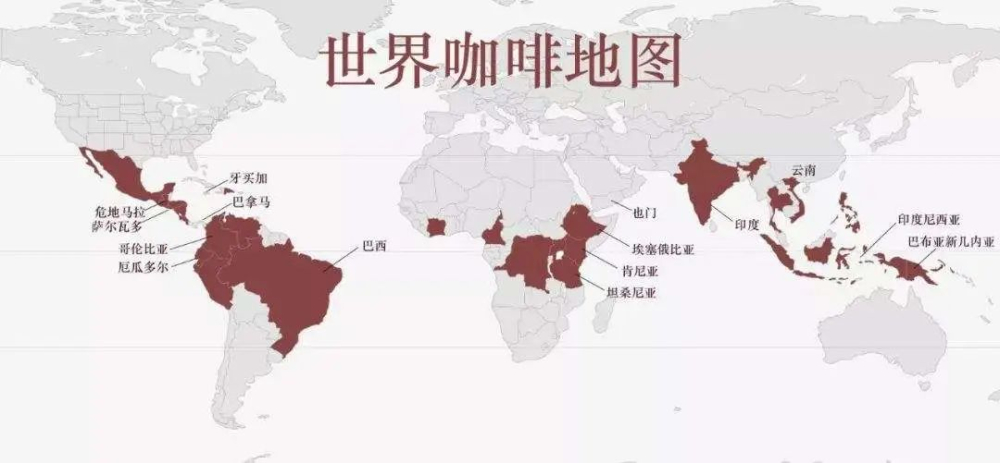
Connecting two different continents, unrelated, unlinked places together, and indicating the operation of "Humbela, an ancient brothel," is the most startling thing for everyone to see the picture. From another point of view, the baker knows that to name the coffee bean Sakuran, the bean must first meet one of the most important conditions: from the Gujimbela region.
But! This does not mean that all coffee beans from Gujimbela, Ethiopia in Africa can be called Huakui coffee beans! Coffee beans that can be named with the word "Sakuran" must be Ethiopian native varieties of coffee beans treated by the sun at the Buku Abel processing plant of the DW company in Gujimbela, Ethiopia.
"Tree species: Arabica (Tibika)"
Coffee tree species determine the variety of coffee beans. according to the information given in figure 1, this packet of coffee beans belongs to Tibika, but as mentioned above, Huakui coffee beans must be Ethiopian native coffee beans.
So what's the difference between the original varieties of Iron pickup and Ethiopia? If you want to talk about it in detail, this article will become very long! So here we only discuss the most essential difference, the Ironka variety is a single coffee variety, but also one of the oldest coffee varieties; the Ethiopian original variety does not refer to a particular variety, but a general term for the natural mixture of many coffee varieties.
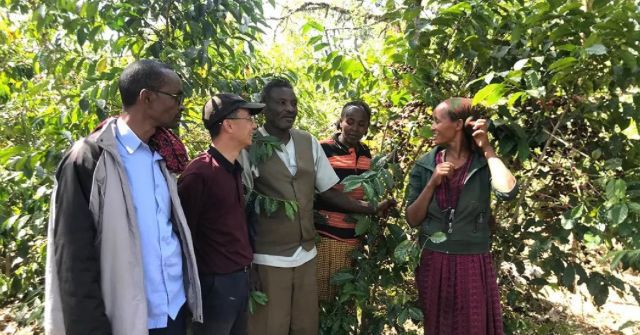
-Coffee producing areas in Ethiopia
As the birthplace of coffee varieties, Ethiopia has too many coffee varieties. It is like the natural gene bank of Arabica. On the one hand, there are many varieties, and it is difficult to identify and classify them. On the one hand, the Ethiopian government is unwilling to disclose information about these varieties for the sake of protection, so it is collectively called the Ethiopian original species. Because there are so many varieties, so mixed planting, mixed harvest, so Ethiopian native varieties of beans will be of different sizes.
Apart from Sakuran, there are no varieties of iron pickups in Brazil. The coffee trees in Brazil are planted in the way of unshaded trees, while the coffee trees of the Ironpika variety have a weak physique and can not withstand the high temperature exposure for a long time. The second is the poor disease resistance and the low yield of coffee fruit, which is not in line with economic benefits.
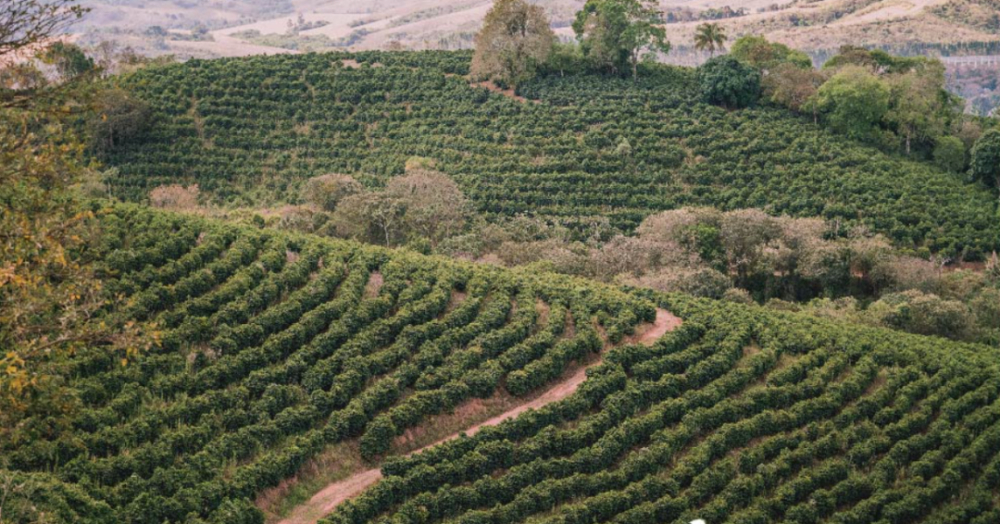
-Coffee producing areas in Brazil
Coupled with Brazil's low altitude, flat terrain and lack of microclimate, there is no doubt that there is no yield for growing tin card varieties. Most of the Arabica coffee beans grown in Brazil are bourbon varieties because of their strong vitality, strong disease resistance and high yield. although the flavor is not as delicate as tin card, it is more cost-effective.
Altitude: at 2250m-2350m
Brazil: I didn't know I had such a high altitude! As mentioned above, Brazil is a low-altitude, flat-lying country with an altitude of 300m-1500m, while Brazilian Arabica coffee trees are mostly planted at a height of about 600-1000m.
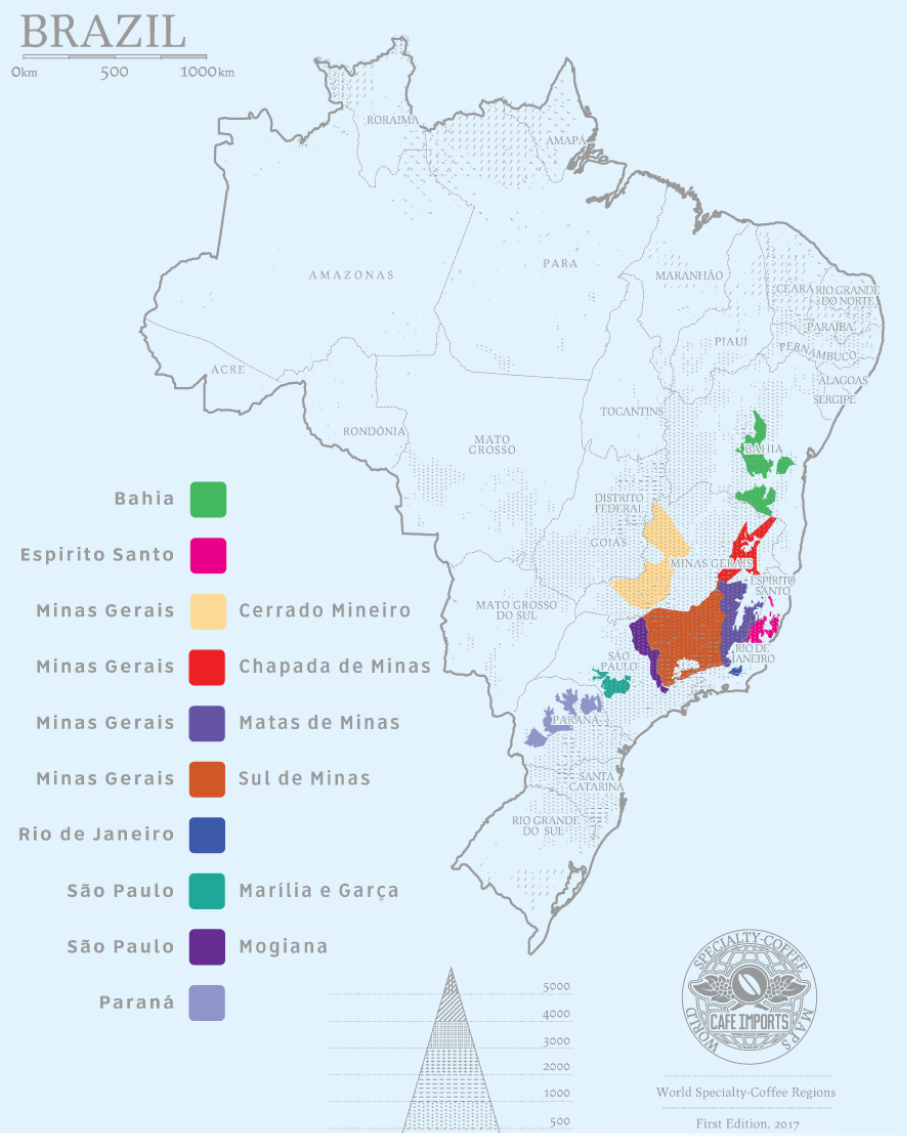
Huakui coffee beans are indeed grown at the height of 2250m-2350m, but not in Brazil, which corresponds to the Gujimbela region of Ethiopia.
"Fine Coffee rating Standard: 95 points"
Leaving aside the rest, whether it's SCA or COE, if Sakui coffee beans get a score of 95, they are definitely not coffee beans that ordinary consumers can get on a daily basis.
According to the SCA standard cup test score, less than 80 points do not reach the boutique grade, more than 80 points can be called boutique coffee beans. The general score of 80-84.99 is called Very good (good), the score of 85-89.99 is called Excellent (excellent), and the score of 90-100is called Outstanding (outstanding).
According to the COE standard, the cup score of less than 70 points belongs to the commercial beans that are slightly worse. The total score is between 70 and 74.99, which belongs to general commercial beans. The total score is between 75 and 79.99, which belongs to high-grade commercial beans. The total score is between 80 and 86.99, belonging to boutique coffee. The total score is 87 or more, belonging to the COE competition level, and it is also the winning coffee of the outstanding cup, which is currently recognized as the highest level in the international coffee industry.
"Grinding mesh: 3.5-4.5 mesh"
Eye refers to the number of holes per square inch of screen, the higher the number of eyes, the more holes. In addition to representing the holes of the screen, it is also used to indicate the particle size that can pass through the screen. The higher the number of mesh, the smaller the particle size. The number of eyes refers to the number of holes, that is, the number of holes per square inch. The larger the number of eyes, the smaller the aperture.
The ground coffee powder will not be measured by the number of items / mesh. Generally speaking, the grinding particle value of hand-brewed coffee is 600-800 microns, which is similar to the fineness of granulated sugar. If you want to convert it into mesh, it is about 22-26 mesh.
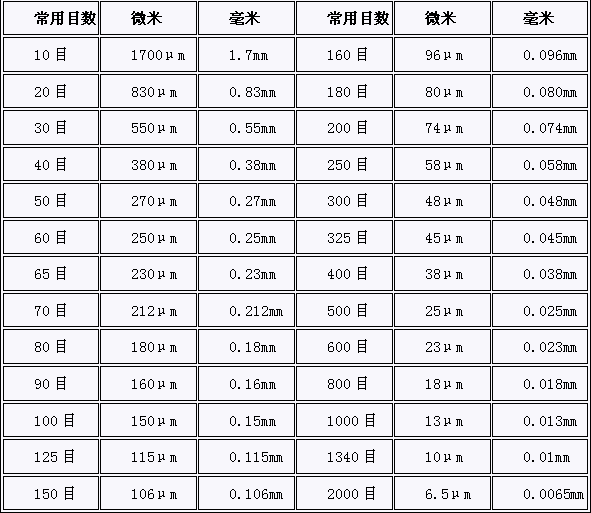
"Taste Bud Evaluation Curve Standard"
Perhaps the code clerk is ill-informed, I have never heard of such a standard. At present, the most authoritative cup evaluation subsystems for evaluating the quality of a coffee bean are SCAA and COE.
According to the SCA system cup score, the scoring items are divided into 11 items: dry / wet aroma, flavor, aftertaste, acidity, alcohol thickness, consistency, balance, cleanliness, sweetness grade, comprehensive evaluation and defect deduction.
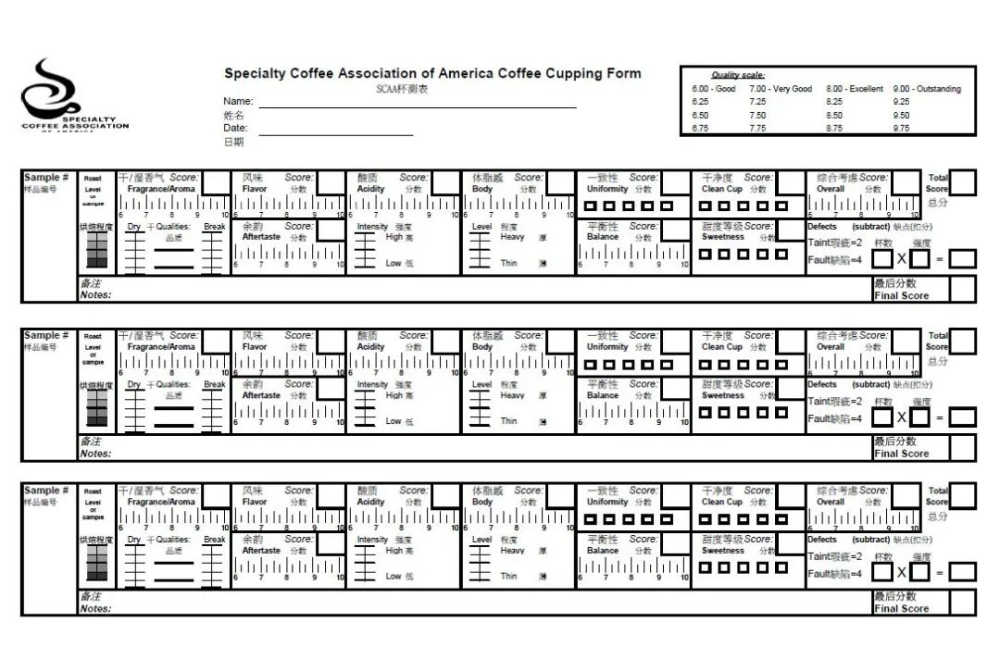
According to the score of COE system cup, the items are divided into 9 items: dry / wet aroma, cleanliness, sweetness, acidity, taste, flavor, aftertaste, balance and comprehensive evaluation.
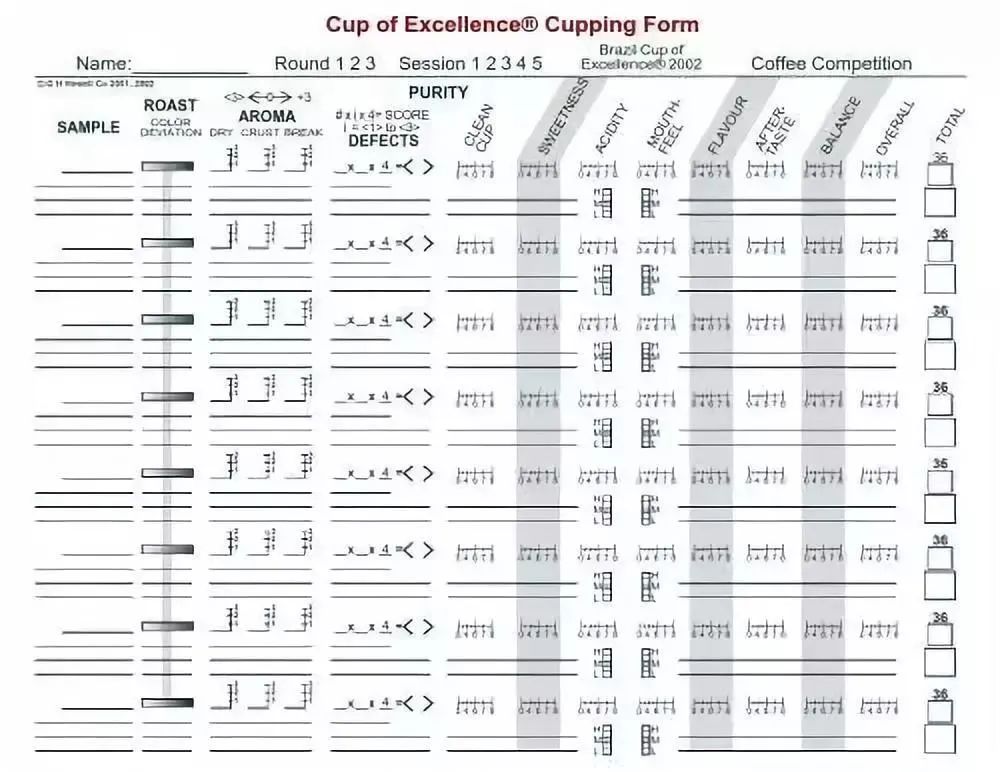
"Fruit flavor description"
This should refer to the coffee flavor description. If this is really an Ethiopian native variety of Sakui coffee beans from the Buku Abel processing plant in Gujimbela, Ethiopia, it is reasonable to have such a coffee flavor after being roasted to a medium-light level.
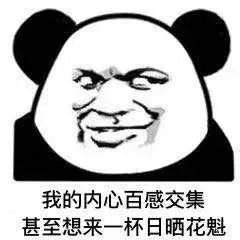
However, it should be noted that coffee beans belong to crops, and the flavor varies slightly from year to year depending on the climate and soil of the producing area. Although there are changes, it can still retain the flavor tone that the variety should have, so not every batch / season of Huakui coffee beans have the same flavor performance. Although the main tone of Huakui coffee beans in recent years is full of sweet and sour berries, but not every season has rich flavor levels.
The purpose of this article is to hope that every coffee maker can understand all aspects of coffee under the correct guidance. At the same time, I also hope that every coffee practitioner will be responsible for what he has done and what he has said.
Photo Source: online Little Red Book cafe imports
Professional coffee knowledge exchange more coffee bean information please follow the coffee workshop (Wechat official account cafe_style)
For more boutique coffee beans, please add private Qianjie coffee on Wechat. WeChat account: kaixinguoguo0925
Important Notice :
前街咖啡 FrontStreet Coffee has moved to new addredd:
FrontStreet Coffee Address: 315,Donghua East Road,GuangZhou
Tel:020 38364473
- Prev

Tax evasion 23.22 million?! Gu Ming milk tea was fined more than 11.61 million yuan.
"Gu Ming, how could you do that? Are you worthy of the money I sent you? " "Ancient tea is so expensive, there are few activities, and it is difficult to understand that it is also tax evasion." Today, the top of Weibo's popular search list made many milk tea parties say, "Ah!" I collapsed the house! " According to media reports on March 28, Gu Mingke, an affiliated company of Gu Ming Milk Tea,
- Next

Starbucks began to provide glasses for cold drinks such as ice shake tea.
Once upon a time, people in the street had a disposable plastic cup; now, it is hard to get a cup. In order to reduce the dependence on disposable plastic cups, governments and catering brands have issued rules to prohibit the use of disposable plastic cups. Starting from next month, Starbucks in Japan will provide glasses for cold drinks.
Related
- Why are the coffee in some coffee shops not enough after being frozen? What should I make up for my American latte cappuccino coffee after being frozen?
- How much water does it take to steam coffee by hand? Why is the coffee brewing and steaming time 30 seconds? What is the purpose of steaming coffee?
- The suspected drink contains too much caffeine! Overlord Tea Lady responds urgently!
- Starbucks rejects antique paper coupons?! Netizen: Missed marketing opportunities!
- What ratio of water temperature and ground does the smart cup method use to press coffee? The difference between brewed coffee and filtered coffee?
- What is the standard process for the purpose of coffee cup testing? What is the difference between hand-brewed coffee and cup testing?
- How to use hand-brewed coffee paragon small golden balls? How does cold coffee lock in the aroma of coffee?
- Is American coffee black? What is the difference between American coffee and drip coffee?
- Unexpected! Well-known tea beverage brand Lele Tea will withdraw from the Zhengzhou market!
- Starbucks enters the fashion and beauty industry?! Netizen: Give me an ice American eye cream

